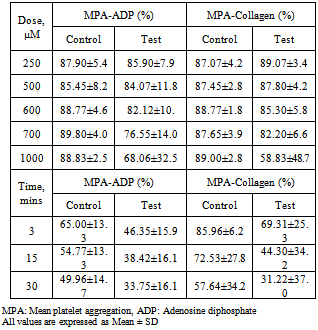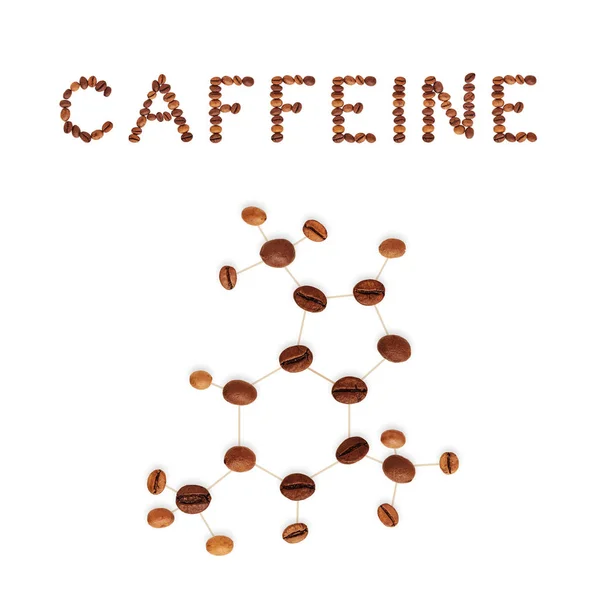
(3) Pharmacological solutions may be warranted in special circumstances, when adherence to doctrinal and behavioral solutions is not possible or breaks down. (2) Behavioral solutions make sure that soldiers sleep as much as they can, whenever they can (sleep discipline), while paying attention to where and how they sleep (sleep hygiene), that is, in as comfortable a position as possible, away from the noise and bustle of other soldiers and equipment.

Three categories of solutions include the following: (1) Doctrinal solutions involve the overtraining of soldiers to perform their tasks with a minimum of cognitive effort ensuring that soldiers are cross-trained so that crew members can substitute for each other when necessary developing and adhering to appropriate work-rest cycles, including rotating crews as the mission permits developing efficient leadership tactics so that unnecessary demands are not placed on subordinates and modifying equipment and systems so that the likelihood of making errors is as small as possible. Sustaining optimum soldier performance relates to the prevention or amelioration of these changes. Alertness decreases, and there are changes in self-reported fatigue (increases) and vigor (decreases). There is a decline in the performance of accuracy tasks involving attention, reasoning abilities, and reaction time. Several studies have documented performance and mood changes during periods of sleep deprivation (Babkoff et al., 1989a,b Mikulincer et al., 1989 Thorne et al., 1983). The observable effects of this sleep disruption include decreased alertness, slowed thinking, lapses in attention, decreased motivation, and a performance phenomenon called the speed-accuracy-tradeoff.
#Caffeine structure sigma aldrich free
Imminent cardiac arrest in caffeine toxicity should prompt intra-lipid therapy to scavenge the free serum caffeine.The demands and pace of continuous military operations produce sleep fragmentation and varying degrees of sleep deprivation in soldiers. Caffeine exhibits ideal characteristics to be dialyzed, including low protein binding (36%), low molecular size (194), and a small volume of distribution (0.6 to 0.8 L/kg). Hemodialysis has been effective in severe, life-threatening caffeine ingestions. Īctivated charcoal can bind caffeine if the ingestion is recent, and repeated doses can help diminish serum levels via the enterohepatic circulation. Vasopressors, such as vasopressin or phenylephrine, can be used to maintain blood pressure (goal mean arterial pressure greater than 65 mm Hg) without worsening tachycardia. Procainamide, lidocaine, or bicarbonate have also been utilized for the treatment of tachydysrhythmias. Beta-blockade with esmolol is useful for tachycardia. Hydration may be oral in minor cases, yet severe cases benefit from intravenous (IV) hydration. The primary treatment for minor caffeine ingestion is supportive. įatal caffeine overdose is relatively uncommon, and treatment data is limited to case reports. Cardiac monitoring allows evaluation of heart rate and early recognition of dysrhythmias such as ventricular ectopy or fibrillation. An electrocardiogram may demonstrate tachycardia, ST-segment depressions, or T-wave inversions. It is also important to obtain serum myoglobin and creatine kinase levels to monitor for rhabdomyolysis. Caffeine toxicity can result in hypokalemia, hypocalcemia, hyponatremia, and hyperglycemia. Ī venous blood gas may demonstrate anion gap metabolic acidosis, which can be severe. Lethal blood levels are typically above 80 to 100 mg/L, although one case occurred at 15 mg/L. Although not available in all hospitals, serum caffeine levels are generally obtained with an immunoassay.

Serum caffeine levels can guide prognosis and therapy. Routine serum laboratory evaluations can be useful in drug overdose cases, especially in the setting of unstable vital signs, seizures, or altered sensorium.


 0 kommentar(er)
0 kommentar(er)
